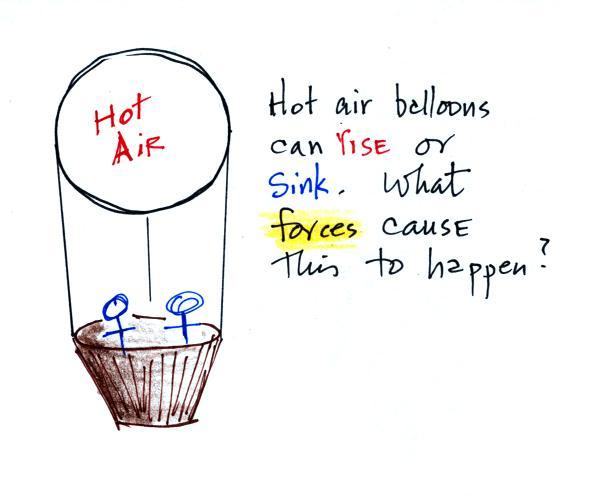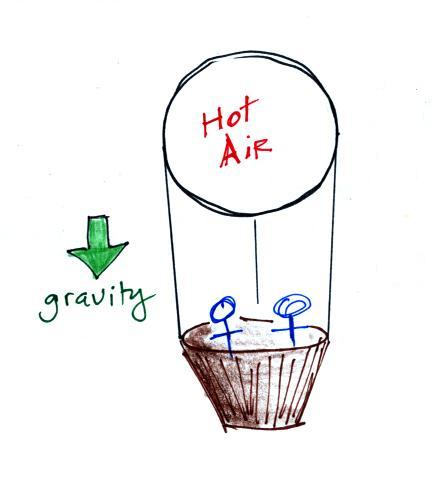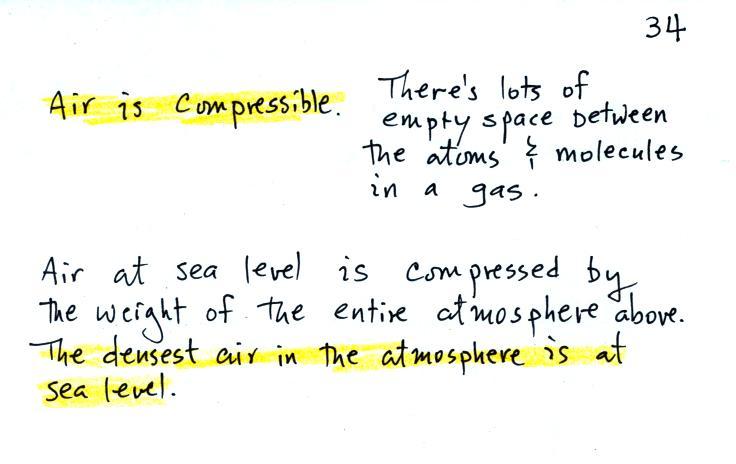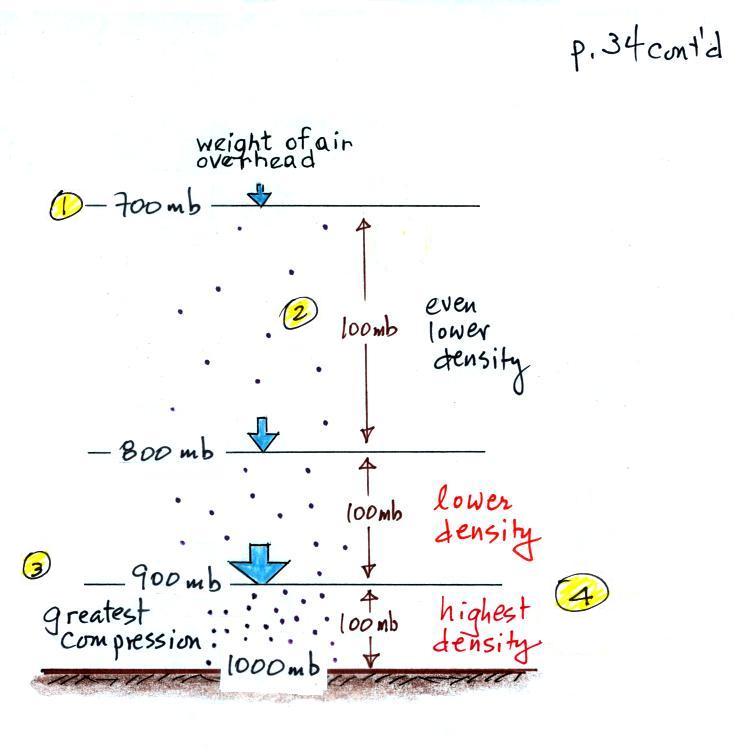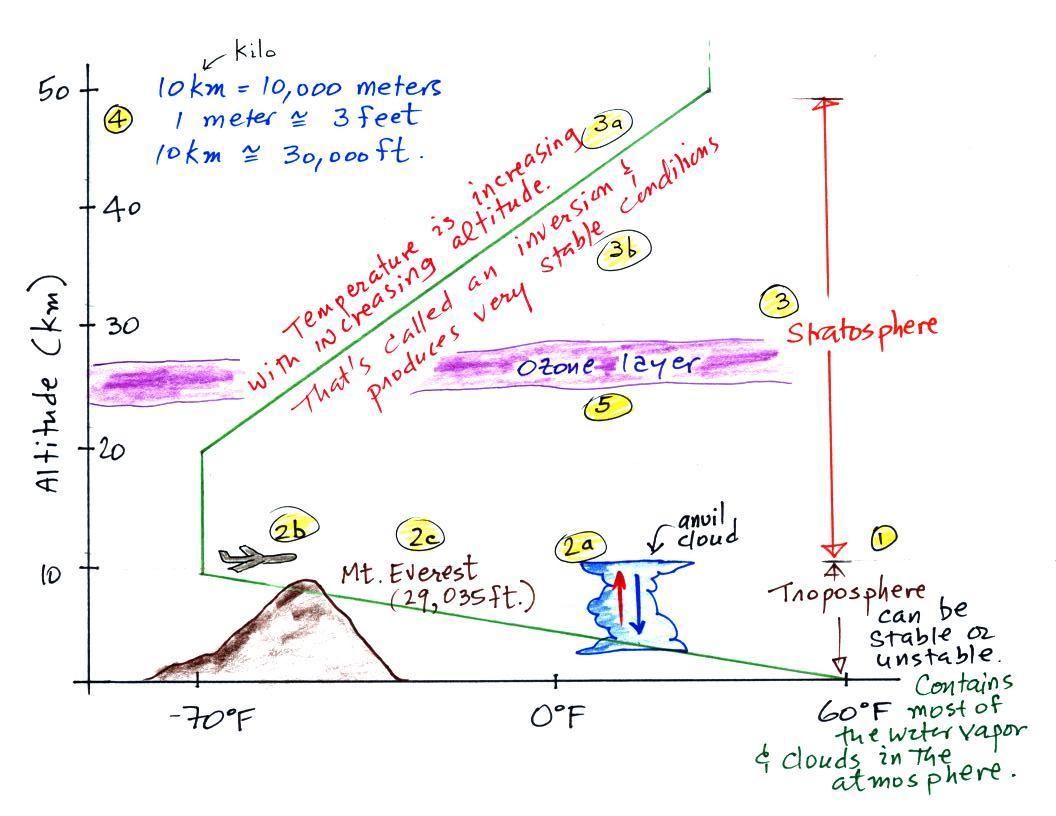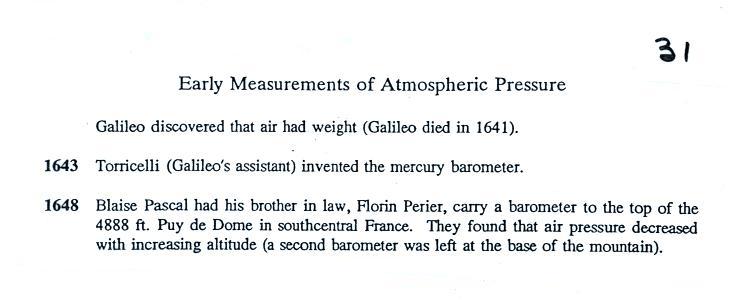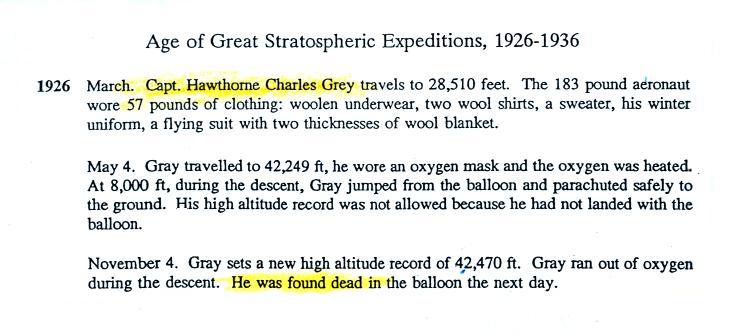Monday Jan. 28, 2013
click here to download today's notes
in a more printer friendly format
We had time for two songs (Intro
and
Islands) fromThe XX. If we'd had
another 5 minutes I would have played Infinity.
The first Optional Assignment has been graded. If you don't
have a grade marked on your paper it means you earned full credit
(0.5 pts of extra credit). Also you should have a look at
the Online
Answers even if it looks like you received full credit
because my TA and I don't always grade all the questions.
The 1S1P Radon reports were due today. It will probably take
us some time to get them all graded. Thanks in advance for
your patience.
The Ozone reports are due Friday this week. And I will try
to get the 3rd topic online soon.
The Expt. #1 reports are due Monday next week. Your
experiment should already underway or complete by this
point. Try to return the materials this week so that you can
pick up a copy of the Supplementary Information handout in time to
use while writing your report.
What difference does it make if pressure decreases with
increasing altitude or if pressure pushes upward, downward, and
sideways?
Hot air balloons can go up and come back down. I'm pretty
sure you know what would cause the balloon to sink. I
suspect you don't know what causes it to float upward.
Gravity pulls downward on the
balloon. The strength of this force will depend on whether
the air is hot low density air (light weight) or cold higher
density air (heavier air).
Pressure from the air surrounding the balloon is pushing
against the top, bottom, and sides of the balloon (the blue arrows
shown above at right). Pressure decreases with
increasing altitude. The pressure at the bottom pushing up
is a little higher than at the top pushing down (the pressures at
the sides cancel each other out). Decreasing pressure with
increasing altitude creates an upward pointing pressure difference
force that opposes gravity. It is this upward pressure
difference force that can cause a balloon to float upward.
We've spent the last couple of classes looking at air pressure
and how it changes with altitude. Today we'll consider air
density and air temperature.
How does air density change with increasing altitude? You
should know the answer to that question. You get
out of breath more easily at high altitude than at sea
level. Air gets thinner (less dense) at higher
altitude. A lungful of air at high altitude just doesn't
contain as much oxygen as at lower altitude or at sea level.
Because air is compressible, a stack of mattresses might be a
more realistic representation of layers of air than a pile of
bricks.
Four mattresses are stacked on top of each other. Mattresses
are reasonably heavy, the mattress at the bottom of the pile is
compressed by the weight of the three mattresses above. This
is shown at right. The mattresses higher up aren't squished
as much because their is less weight remaining above. The
same is true with layers of air in the atmosphere.
The statement above is at the top of p. 34 in the photocopied
ClassNotes. I've redrawn the figure found at the bottom of
p. 34 below.
There's a lot of information in this figure and it is worth
spending a minute or two looking at it and thinking about it.
1. You can first notice and remember that pressure decreases
with increasing altitude. 1000 mb at the bottom decreases to
700 mb at the top of the picture. You should be able to
explain why this happens.
2. Each layer of air contain the same amount (mass) of
air. This is a fairly subtle point. You can tell
because the pressure drops by 100 mb as you move upward through
each layer. Pressure depends on weight. So if all the
pressure changes are equal, the weights of each of the layers must
be the same. Each of the layers must contain the same amount
(mass) of air (each layer contains 10% of the air in the
atmosphere).
3. The densest air is found at the bottom of the picture.
The bottom layer is compressed the most because it is supporting
the weight of all of the rest of the atmosphere. It is the
thinnest layer in the picture and the layer with the smallest
volume. Since each layer has the same amount of air (same
mass) and the bottom layer has the smallest volume it must have
the highest density. The top layer has the same amount of
air but about twice the volume. It therefore has a lower
density (half the density of the air at sea level). Density
is decreasing with increasing altitude. I'll repeat
that: decreasing (not increasing as I wrote in class until
someone was kind enough to point it out).
4. Finally pressure is decreasing most rapidly with
increasing altitude in the densest air in the bottom layer.
This is something we covered last Friday and something we'll use
again 2 or 3 times later in the semester.
What happens to air temperature with increasing altitude.
Again our personal experience is that it decreases with increasing
altitude. It is colder at the top of Mt. Lemmon than it is
here in the Tucson valley.
That is true up to an altitude of about 10 km (about 30,000
ft.). People were very surprised in the early 1900s when
they used balloons to carry instruments above 10 km and found that
temperature stopped decreased and even began to increase with
increasing altitude.
The figures below are more clearly drawn versions of what was
done in class.
The atmosphere can be split into layers depending on whether
temperature is increasing or decreasing with increasing
altitude. The two lowest layers are shown in the figure
above. There are additional layers (the mesosphere and the
thermosphere) above 50 km but we won't worry about them in this
class.
1. We live in the troposphere. The troposphere is
found, on average, between 0 and about 10 km altitude, and is
where temperature usually decreases with increasing
altitude. [the troposphere is usually a little higher in the
tropics and lower at polar latitudes]
The troposphere contains most of the water vapor in the atmosphere
(the water vapor comes from evaporation of ocean water and then
gets mixed throughout the troposphere by up and down air motions)
and is where most of the clouds and weather occurs. The
troposphere can be stable or unstable (tropo means "to turn over"
and refers to the fact that air can move up and down in the
troposphere).
2a. The thunderstorm shown in the figure with its
strong updrafts and downdrafts indicates unstable
conditions. When the thunderstorm reaches the top of the
troposphere, it runs into the bottom of the stratosphere which is
a very stable layer. The air can't continue to rise into the
stratosphere so the cloud flattens out and forms an anvil (anvil
is the name given to the flat top of the
thunderstorm). The flat anvil top is something that
you can go outside and see and often marks the top of the
troposphere.
2b. The summit of Mt. Everest is a little over 29,000 ft.
tall and is close to the average height of the top of the
troposphere.
2c. Cruising altitude in a passenger jet is usually
between 30,000 and 40,000, near or just above the top of the
troposphere, and at the bottom of the stratosphere. The next
time you're in an airplane try to look up at the sky above.
There's less air and less scattering of light. As a result
the sky is a darker blue. If you get high enough the sky
would eventually become black (have a look at the sky the photo
in this Wikipedia article taken at about 128,000 ft
altitude)
3. Temperature remains constant between 10 and 20
km and then increases with increasing altitude between 20 and 50
km. These two sections form the stratosphere. The
stratosphere is a very stable air layer. Increasing
temperature with increasing altitude is called an inversion.
This is what makes the stratosphere so stable.
4. A kilometer is
one thousand meters. Since 1 meter is about 3 feet, 10 km
is about
30,000 feet. There are 5280 feet in a mile so this is about 6 miles (about is
usually close enough in this class).
5. The ozone layer is found in the
stratosphere. Peak ozone concentrations occur near 25 km
altitude.
Here's the same picture drawn again (for clarity) with some
additional information. We need to explain why when
temperature decreases all the way up to the top of the
troposphere, it can start increasing again in the stratosphere.
6. Sunlight is a mixture of ultraviolet (7%), visible
(44%, colored green in the picture above) and infrared light (49%,
colored red). We can see the visible light.
6a. On average about 50% of the sunlight
arriving at the top of the atmosphere passes through the
atmosphere and is absorbed at the ground (20% is absorbed by gases
in the air, 30% is reflected back into space). This warms
the ground. The air in contact with the ground is warmer
than air just above. As you get further and further from the
warm ground,
the air is colder and colder. This explains why air
temperature decreases with increasing altitude in the troposphere.
5b. How do you explain increasing temperature with
increasing altitude in the stratosphere?
Absorption of ultraviolet light by ozone
warms the air in the stratosphere and explains why the air can
warm (oxygen also absorbs UV light). The air in the
stratosphere is much less dense (thinner) than in the
troposphere. So even though there is not very much UV light
in sunlight, it doesn't take as much energy to warm this thin air
as it would to warm denser air closer to the ground.
7. That's a manned balloon;
Auguste Piccard and Paul Kipfer are inside. They were the
first men to travel into the stratosphere (see pps 31 & 32 in
the photocopied Class Notes). It really was quite a daring
trip at the time, and they very nearly
didn't survive it. More about this in the next section.
Pages 31 and 32 in the ClassNotes list some of the significant
events in the early study and exploration of the atmosphere.
A few of them are included below.
The mercury barometer was invented in 1643.
The earliest balloon trips into the upper atmosphere
were in unheated and unpressurized gondolas. Climbers have
made it to the summit of Mt. Everest without carrying
supplementary oxygen but it is difficult and requires
acclimation. Read "Into Thin
Air" by Jon Krakauer if you'd like to get some idea of what
it's like trying to climb Mt. Everest.
Measurements of air temperature at high altitude in
unmanned balloons lead to the discovery of the stratosphere in
about 1900.
Note the clothing that Capt. Grey had to wear to try to
stay warm. All of his trips were in an unpressurized open
gondola.
This flight lead by Auguste
Piccard was the subject of a PBS program called The
Adventurers. A 10 minute segment from that program was shown
in class.
Jacques
Piccard, Auguste's son, would later travel with Lt. Don
Walsh of the US Navy to a depth of about 35,800 feet in the ocean
in the Mariana Trench.
Bertrand
Piccard, Jacques' son was part of the first two man team to
circle the globe non-stop in a balloon.
You probably heard about Felix
Baumgartner in the Red Bull Stratos balloon. On
Oct. 14, 2012 he reached an altitude of 128,177 feet and then
jumped. He reached a speed of 834 MPH on the way down
(Mach 1.24 or 1.24 times the speed of sound). Here's a video
summary of the jump.
